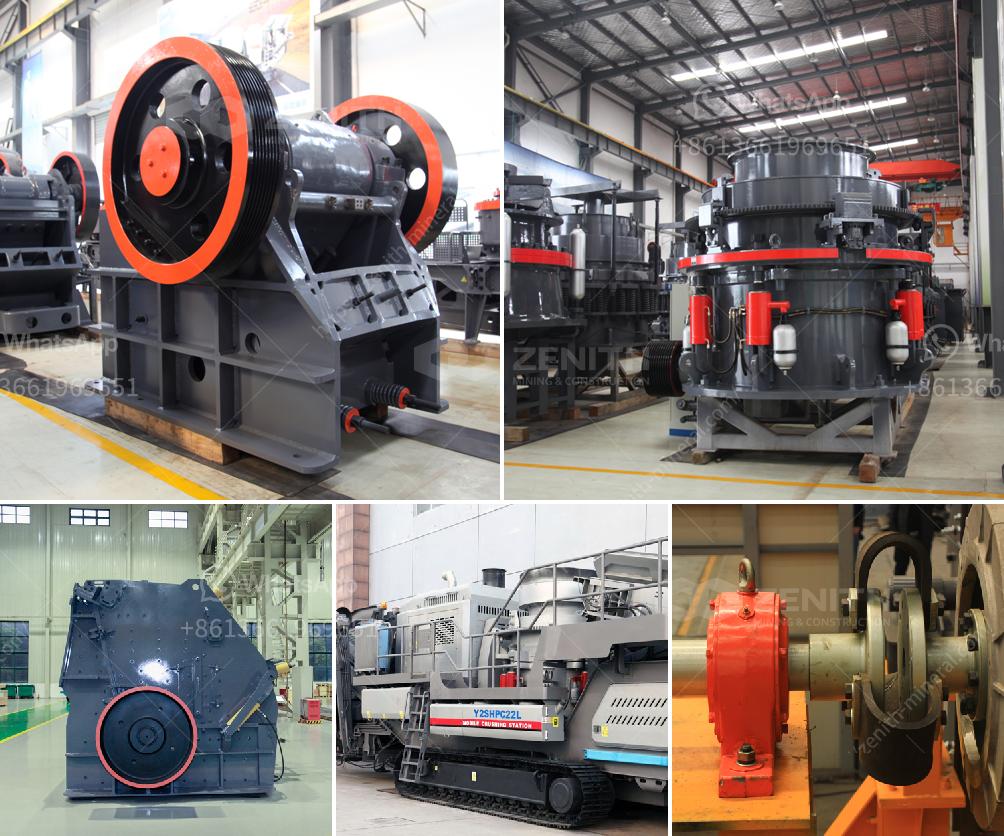Manganese is typically extracted through mining and metallurgical processes. Here's an overview of the process:
Mining: The extraction begins with the mining of manganese ore. Common manganese ores include pyrolusite (MnO₂), rhodochrosite (MnCO₃), and manganite (MnO(OH)). These ores are usually found in large deposits in countries such as South Africa, Australia, Brazil, and Gabon.
Crushing and Screening: The mined ore is transported to a processing facility where it is crushed and screened. This helps to separate the ore from waste rock and other materials.
Gravity Separation: For lower-grade ores, gravity separation techniques such as jigging or dense media separation are used to concentrate the manganese content by exploiting the differences in specific gravity between manganese minerals and the surrounding rock.
Smelting: The concentrated ore is then subjected to a smelting process where it is heated in the presence of a reducing agent like carbon (typically in the form of coke or coal) in a blast furnace or electric arc furnace. This process reduces the manganese oxide to metallic manganese.
Electrolytic Manganese: Another method involves electrolytic processing, where manganese is extracted from a solution containing manganese sulfate through electrolysis. This process is mainly used to produce high-purity manganese for battery and chemical applications.
Refining and Alloying: The extracted manganese can be further refined and alloyed, primarily for use in steel production. Manganese improves the strength, toughness, and wear resistance of steel.
Each method of manganese extraction is chosen based on the ore composition, location, and desired end product.
